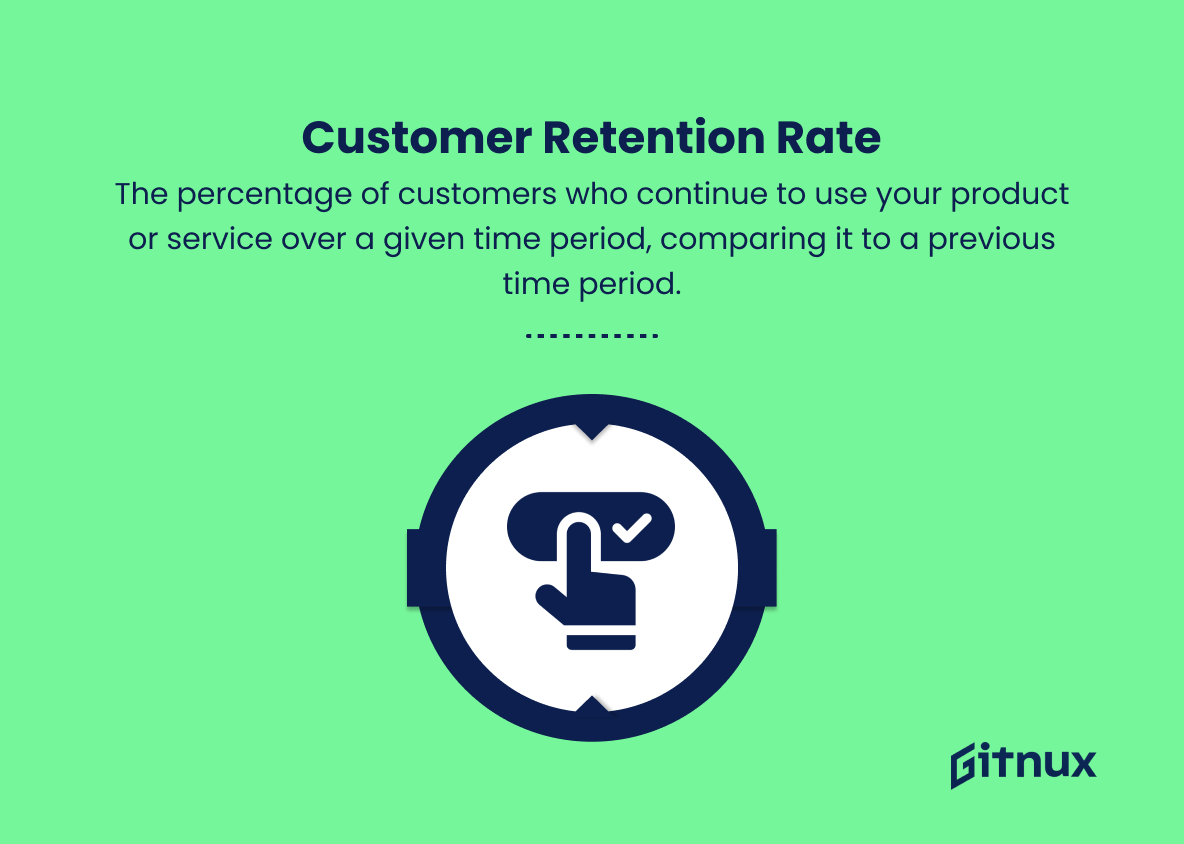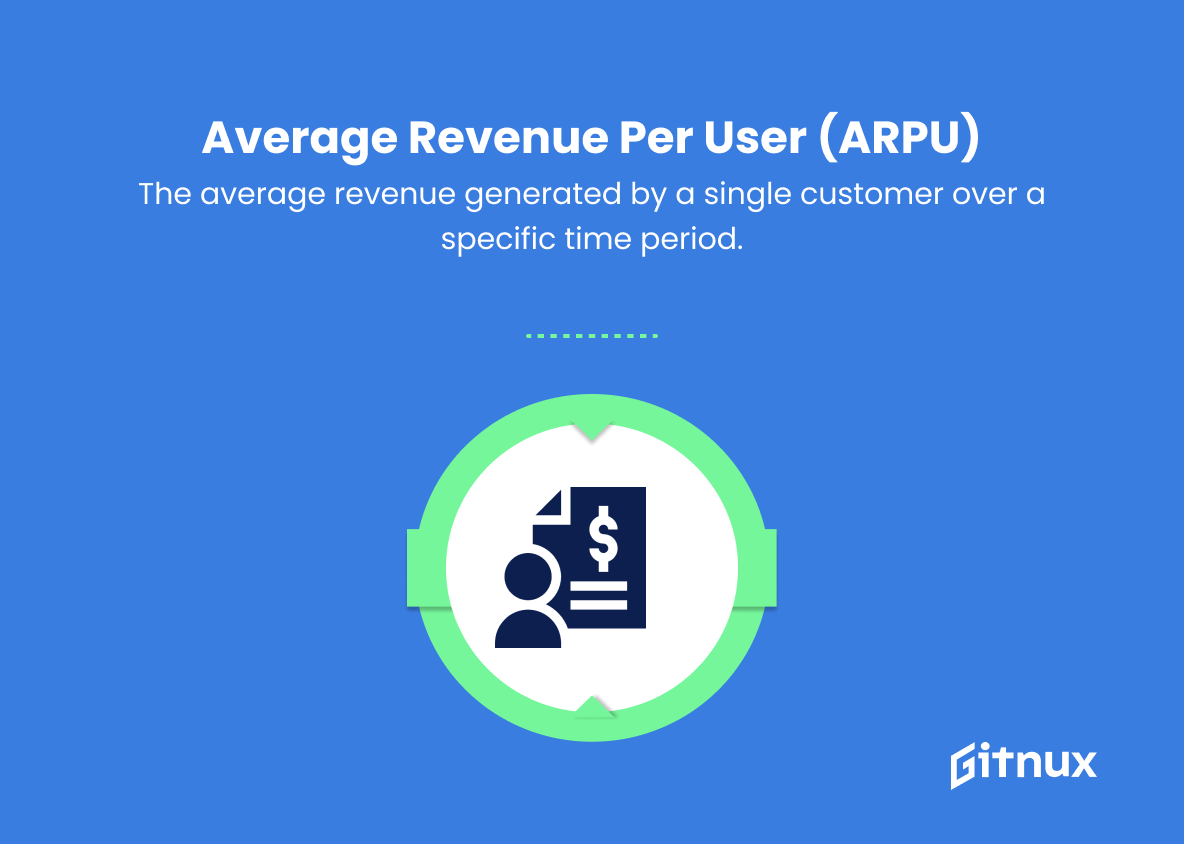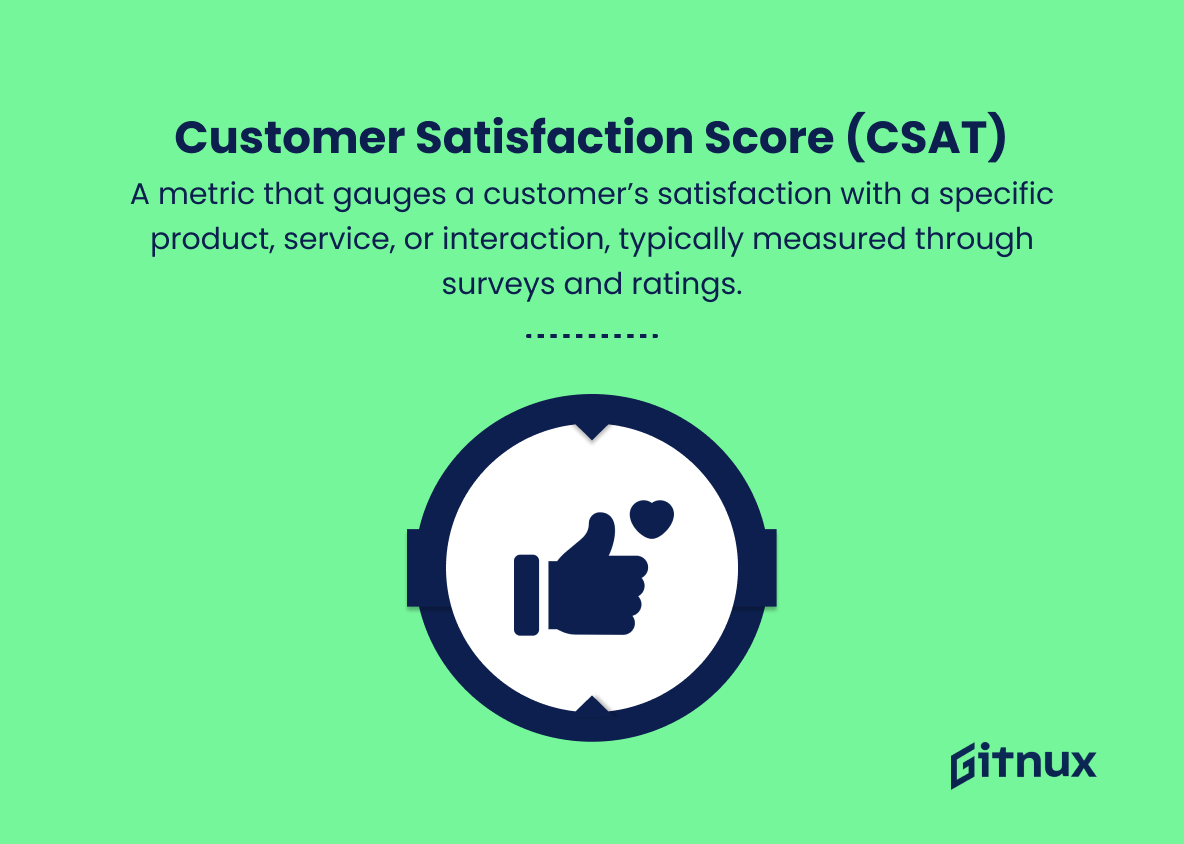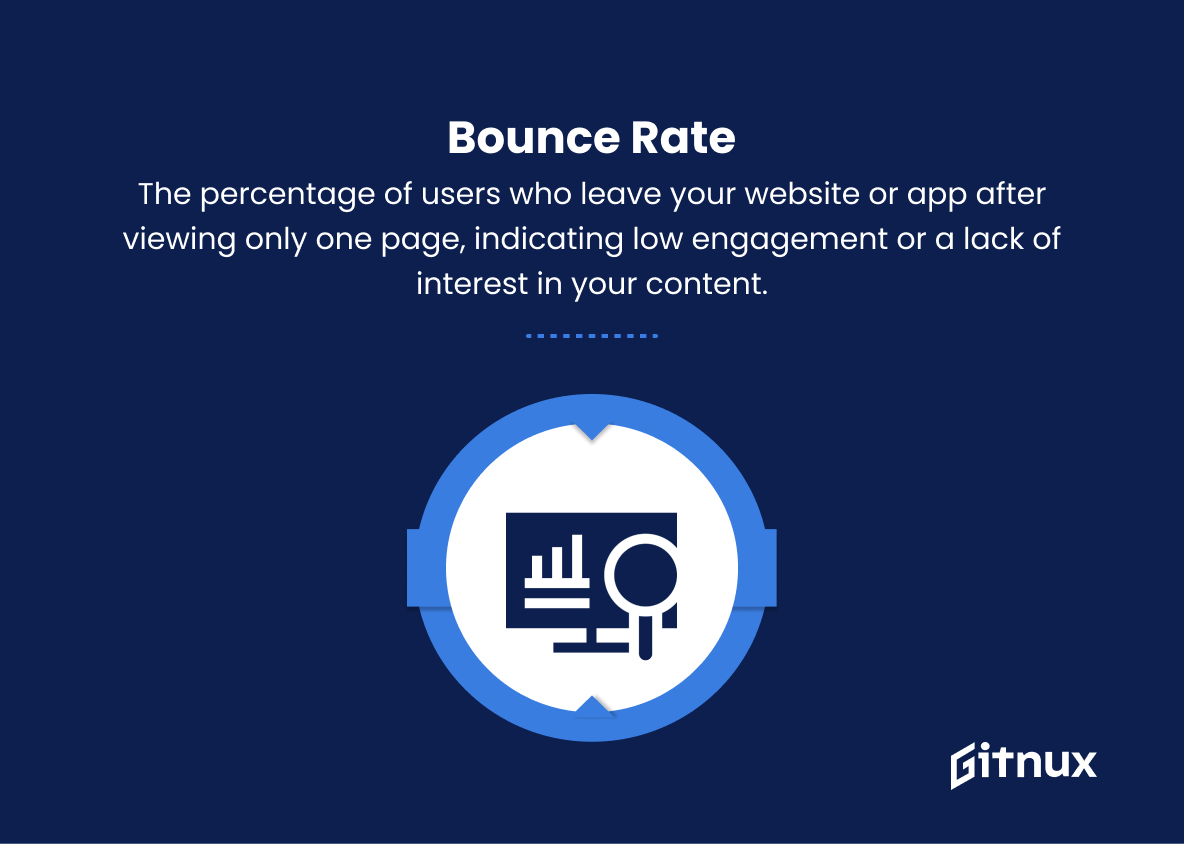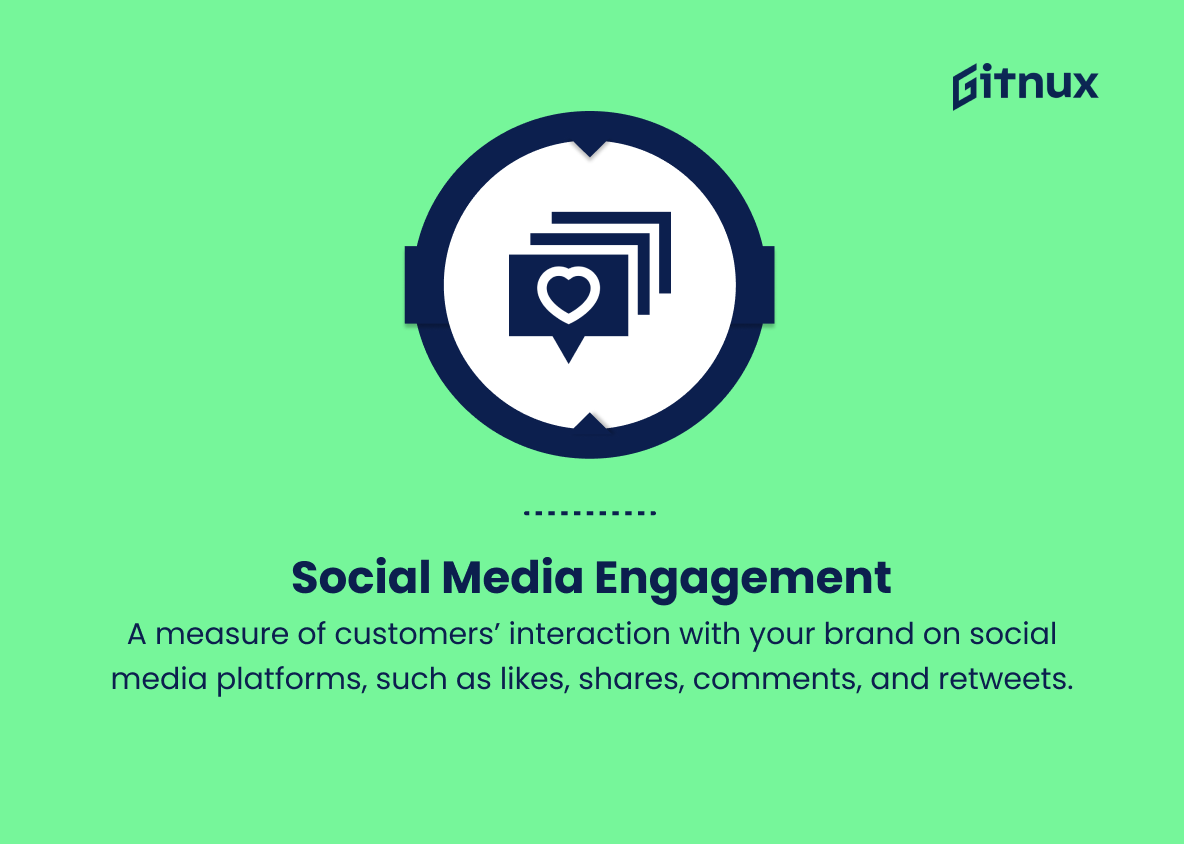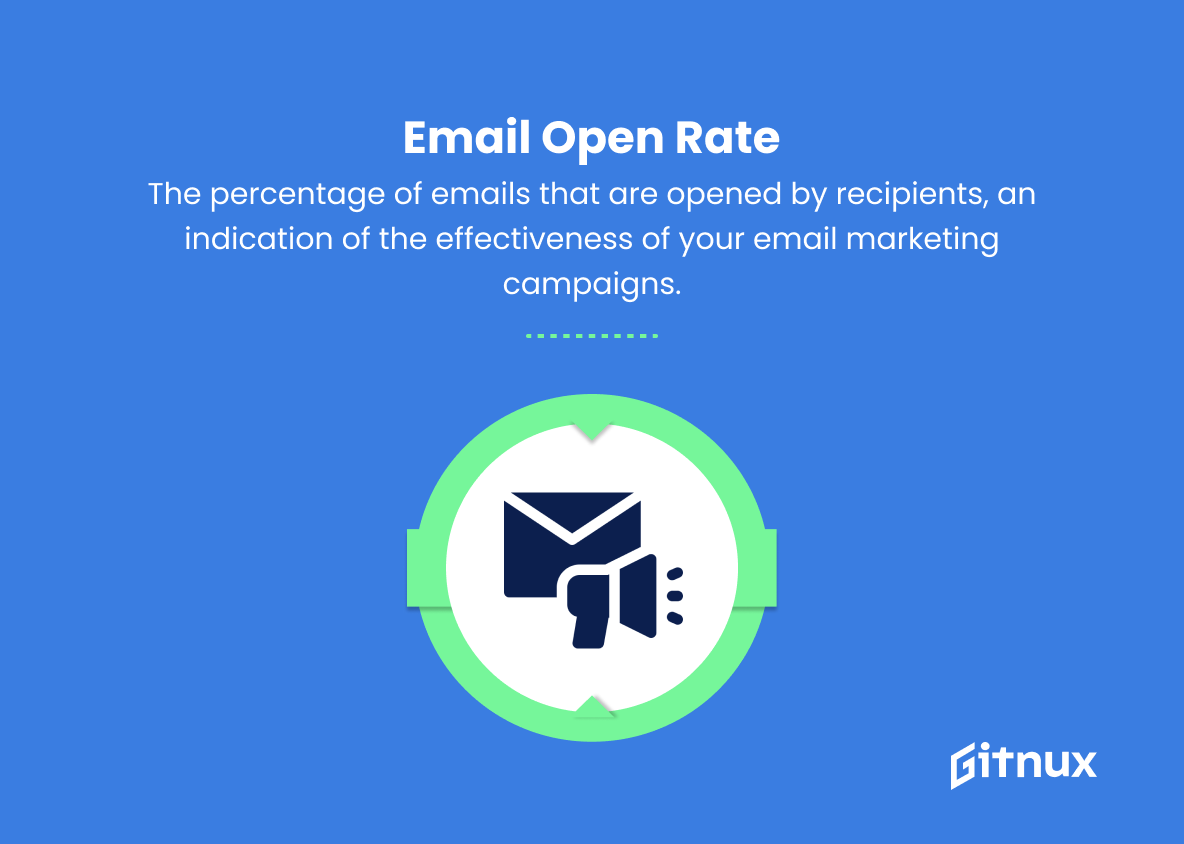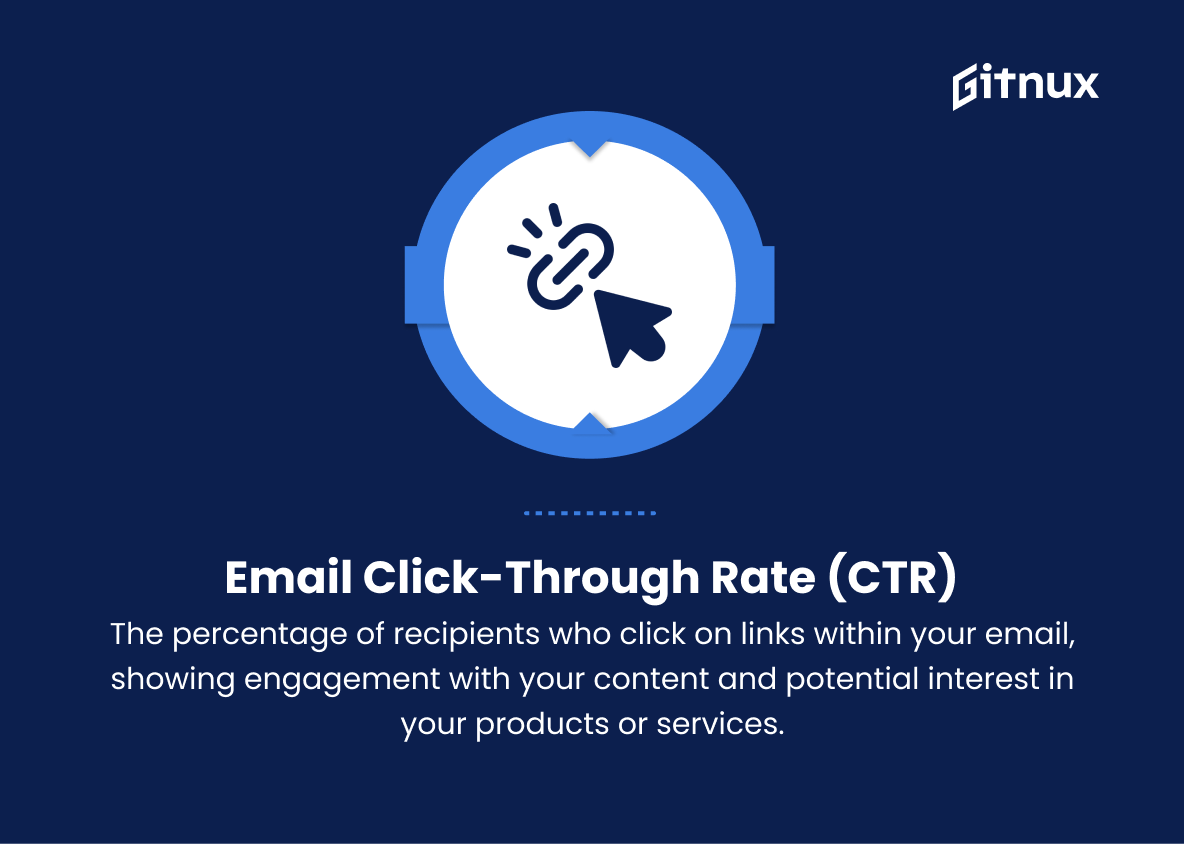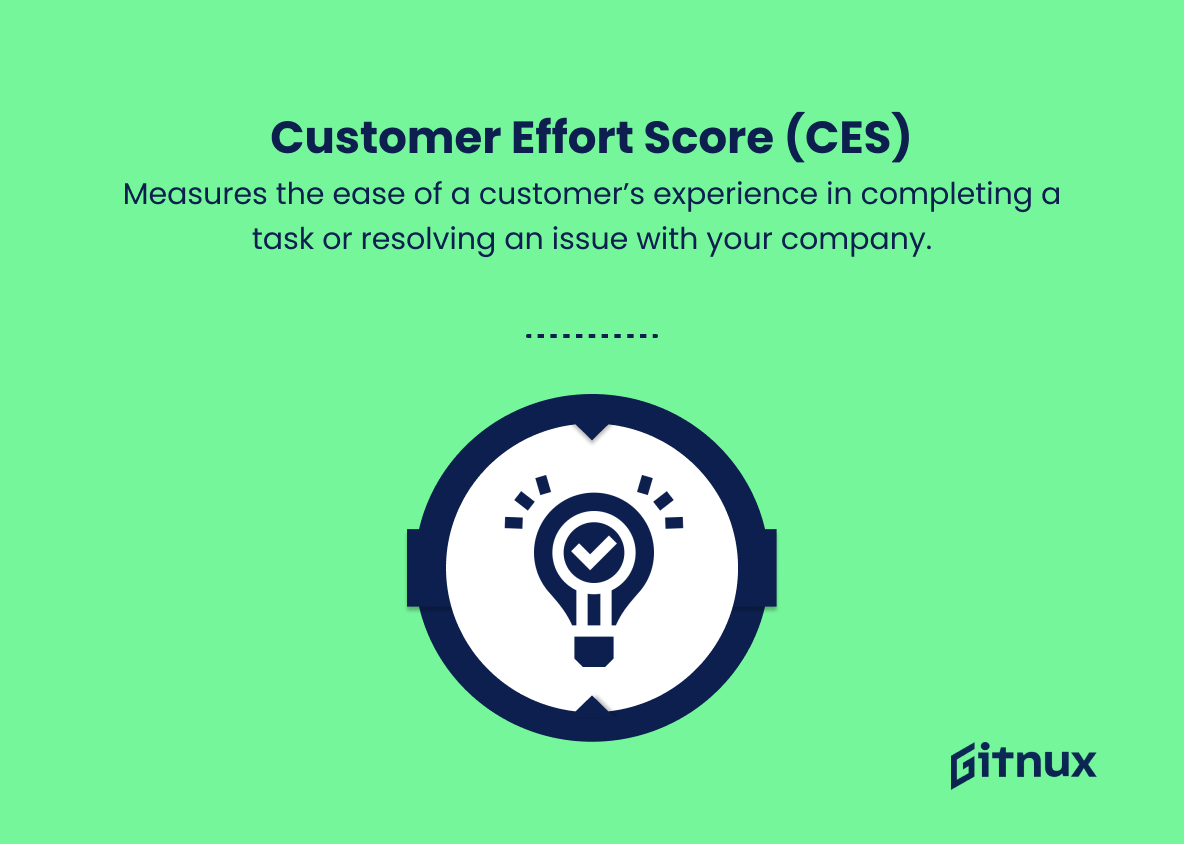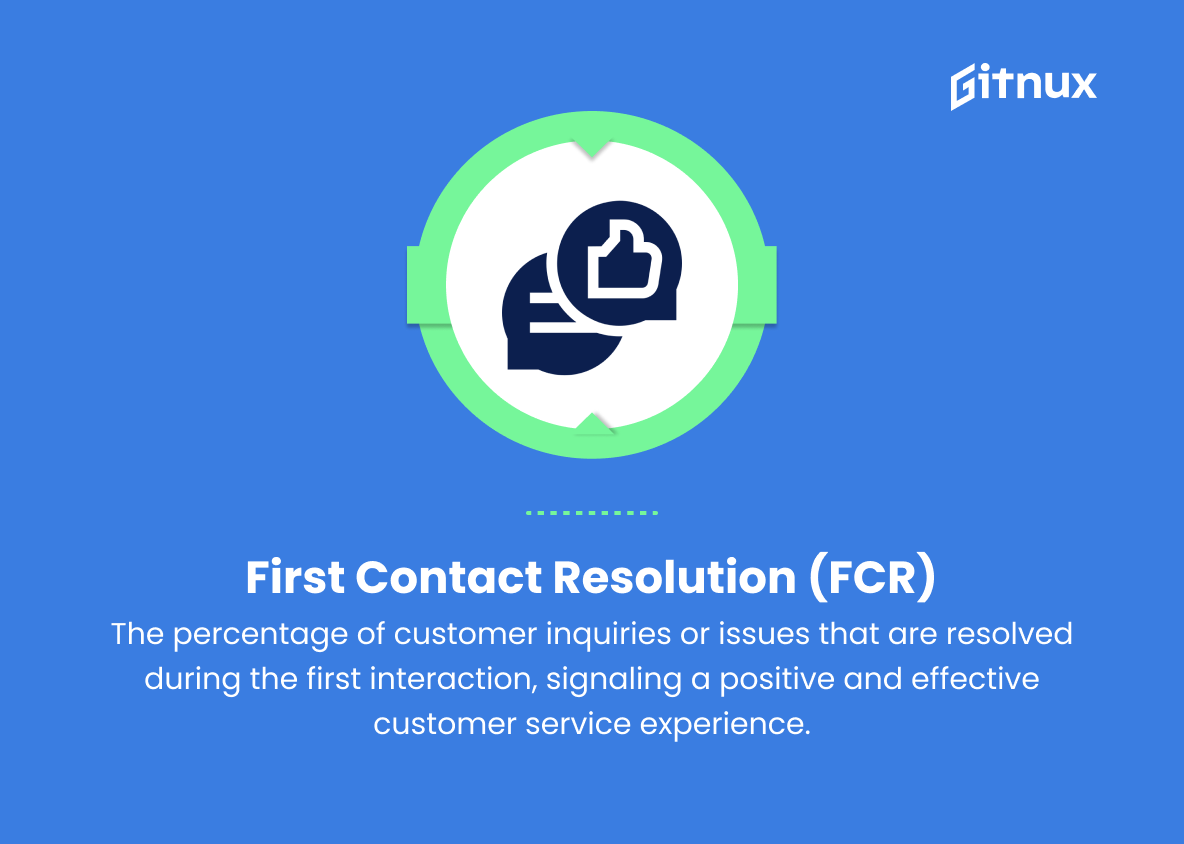In today’s increasingly competitive business landscape, customer engagement has emerged as a vital aspect of success. Gone are the days when companies could solely rely on the quality and reliability of their products and services. Customer expectations have evolved, necessitating proactive efforts from organizations to foster strong relationships with their clientele, create brand loyalty, and build a sense of trust. One critical way to achieve this lies in the effective use of customer engagement metrics.
These vital performance indicators enable businesses to measure, analyze, and enhance the depth and quality of interactions they have with their customers. In this blog post, we will delve into the world of customer engagement metrics, exploring their importance, the various types available, and how they can be utilized to ensure steady growth, customer satisfaction, and long-term success.
Customer Engagement Metrics You Should Know
1. Churn Rate
The percentage of customers who discontinue their service or stop doing business with your company, over a given time period.
2. Customer Retention Rate
The percentage of customers who continue to use your product or service over a given time period, comparing it to a previous time period.
3. Net Promoter Score (NPS)
A measure of how likely customers are to recommend your product or service to others. It is calculated by asking users to rate their likelihood of recommending your product on a scale of 0-10.
4. Customer Lifetime Value (CLV)
The estimated net profit a company can generate from a single customer throughout their entire relationship with the business.
5. Customer Acquisition Cost (CAC)
The total cost spent to acquire a new customer, including marketing and advertising expenses.
6. Average Revenue per User (ARPU)
The average revenue generated by a single customer over a specific time period.
7. Average Time on Site
The average amount of time a user spends on your website or in your app within a specific time frame.
8. Customer Satisfaction Score (CSAT)
A metric that gauges a customer’s satisfaction with a specific product, service, or interaction, typically measured through surveys and ratings.
9. Conversion Rate
The percentage of users who take a desired action, such as making a purchase, signing up for a service, or filling out a form.
10. Bounce Rate
The percentage of users who leave your website or app after viewing only one page, indicating low engagement or a lack of interest in your content.
11. Social Media Engagement
A measure of customers’ interaction with your brand on social media platforms, such as likes, shares, comments, and retweets.
12. Email Open Rate
The percentage of emails that are opened by recipients, an indication of the effectiveness of your email marketing campaigns.
13. Email Click-Through Rate (CTR)
The percentage of recipients who click on links within your email, showing engagement with your content and potential interest in your products or services.
14. Customer Effort Score (CES)
Measures the ease of a customer’s experience in completing a task or resolving an issue with your company, often evaluated through a survey question asking how easy it was to complete the action.
15. First Contact Resolution (FCR)
The percentage of customer inquiries or issues that are resolved during the first interaction, signaling a positive and effective customer service experience.
Customer Engagement Metrics Explained
Customer engagement metrics are crucial because they provide insight into areas such as customer retention, satisfaction, and overall experience. Metrics such as churn rate and customer retention rate highlight the effectiveness of a company’s efforts to maintain customer loyalty and satisfaction over time. Net Promoter Score, Customer Satisfaction Score, and Customer Effort Score emphasize the importance of a positive customer experience and the likelihood of customer referrals.
Financial aspects such as Customer Lifetime Value, Customer Acquisition Cost, and Average Revenue per User demonstrate the profitability of attracting and retaining customers, while engagement-focused metrics like Average Time on Site, Conversion Rate, and Bounce Rate indicate user interest and involvement with your content. Social Media Engagement, Email Open Rate, and Email Click-Through Rate represent the success of marketing efforts in connecting with customers, and First Contact Resolution emphasizes the value of efficient and effective customer service. By closely monitoring these metrics, businesses can identify areas for improvement and ultimately enhance their overall customer experience.
Conclusion
In conclusion, customer engagement metrics are an essential tool for businesses to optimize their strategies and to better connect with their target audience. By closely tracking and analyzing these metrics, companies can gain invaluable insights into what drives customer satisfaction, loyalty, and advocacy. Ultimately, understanding and prioritizing customer engagement will not only help businesses thrive in today’s competitive landscape but will solidify fruitful, long-lasting relationships with clients.
Stay ahead of the curve by leveraging key customer engagement metrics, adapting to customer needs, and continuously refining your approach to foster meaningful connections that generate value for both your customers and your business.

